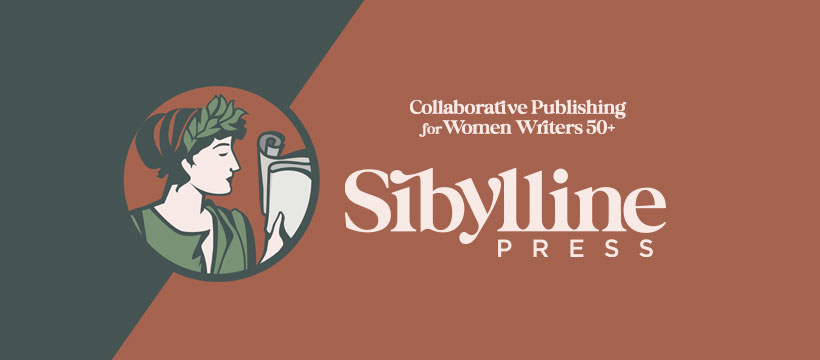ecofreak
-
Earth Day authordom: Becca Lawton and the rivers of Utah
Longtime Modern Muse readers know I’m kind of a green freak (kind of? Well, I pretty much bleed green. Creepy!). I have been working with a number of stellar authors lately in a women’s publishing consortium called Indie-Visible, and one of the authors is even greener than I am. Which is pretty hard to believe. Anyhoo, I interviewed her to learn more about her book and her passion for rivers, and am posting the results of that conversation here, for your reading pleasure. And btw, Becca’s book, Junction, Utah, is one of the best books I’ve read this year. Not preachy at all, it gives an insider’s view of man…
-
a hazard to myself
I had a toxic relationship with my garage. It was ugly in there. Cans of half-used paint that were there when we moved in. Pesticide – which I never use. Old building supplies, like hardened bags of plaster and grout that had never been opened but had gotten damp. A bottle of chalk for marking lines at the soccer field (we don’t play soccer). And a rusting can of some kind of tar stuff for patching the roof – stick on the outside and too scary to actually open. Everyone knows (I hope) not to throw these things in the garbage – they will surely leak into the ecosystem –…
-
10 green things
A friend recently blogged about how she spent her frugal day (hello, Katy Wolk-Stanly and the Non-Consumer Advocate) and all the cool things she did in just a typical day that saved money. Shamelessly riffing on her Frugal Day is this, my Green Day, or how I – without pain or needless suffering – make green choices every day. 1. Reheated yesterday’s coffee. I didn’t finish the pot of coffee yesterday, and sure, I could have thrown it out and made new fresh coffee. But where does coffee come from? Not Alameda County. No, it’s generally shipped from at least Central America or Hawaii, and at most, from Africa or farther…


